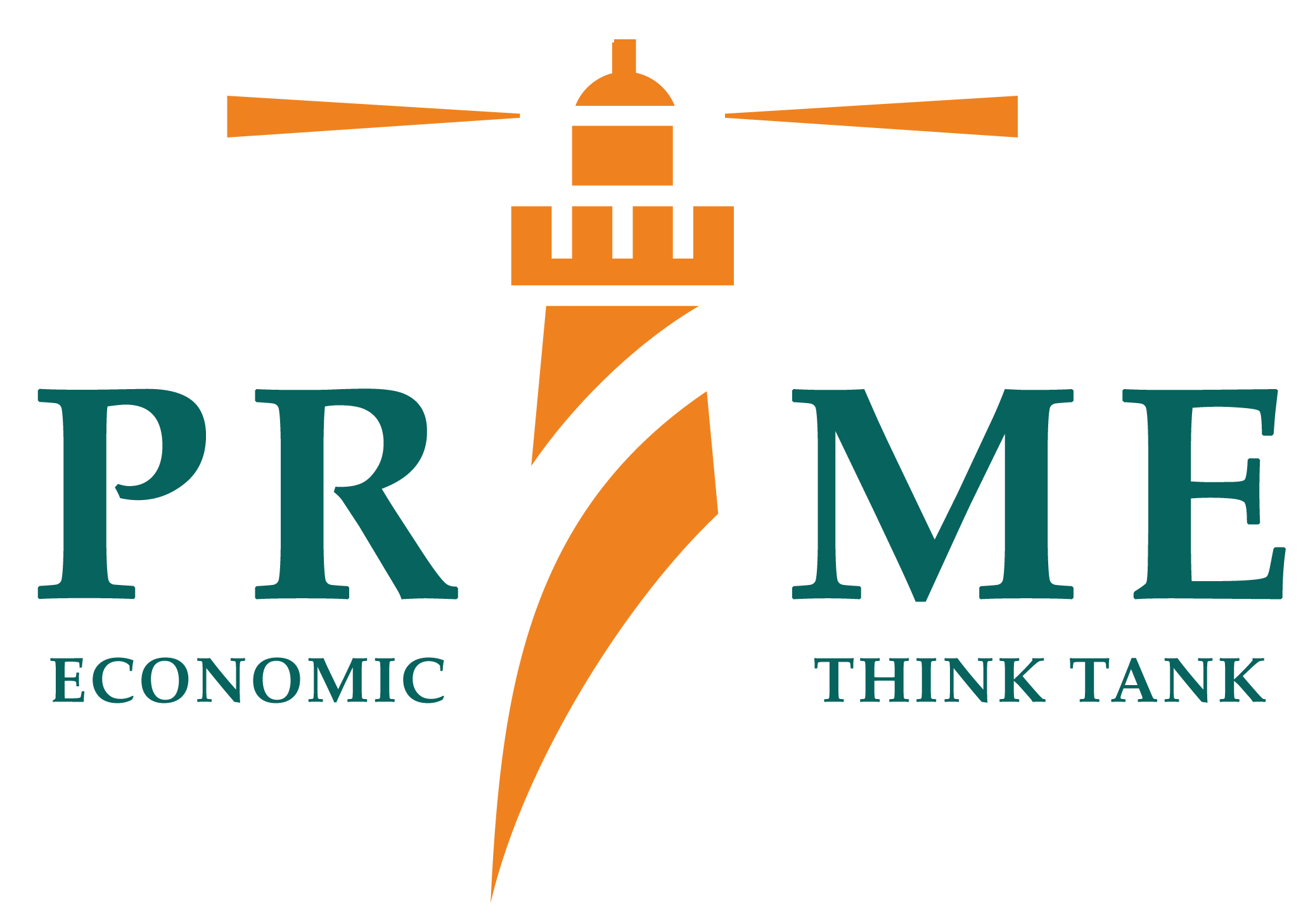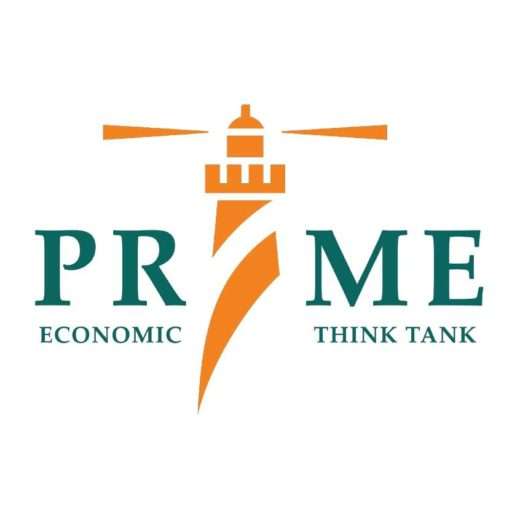It is a well-established fact that an efficient transport system plays a pivotal role in enhancing economic growth, reducing poverty and attaining Millennium Development Goals (MDGs). Globally, investments in transport sector have significantly enhanced trade volume and human development through increased mobility. As far as Pakistan is concerned, the transport system generally comprises of roads, railway, aviation, ports and shipping services.
In other words, the land transport incorporates roads and railway whereas the maritime transport encompasses ports and shipping services. The Country Update Note examines the current structure and national regulations in place concerning the land and maritime transport sector of Pakistan. It informs on the key figures and status of regulations regarding road, rail and maritime transport modes and analyzes the challenges facing the sectors respectively. The note uses a mix methodology. The analysis is based on desktop research, supplemented with interviews with relevant government officials such as transport experts from Planning Commission and National Highway Authority.
Land Transport : Road
As mentioned above, land transport in Pakistan is broadly divided into roads and railway. Roads account for 92 percent of passenger travel and 95 percent of freight traffic in Pakistan . Specifically, the national highways and motorways play a crucial role in the land transportation system. Currently, there are 39 national highways, expressways, motorways and strategic roads that carry 80 percent of the commercial traffic. The total length of this network measures 12,131 km. Table 1 depicts the revenue generated by the roads precisely national highways and motorways in terms of toll taxes. Over the years, the revenues have generally increased owing to higher toll tax rates rather than improvements in collection efficiency. Road transport also contributes to state revenues in various other ways such as taxes and duties on production and import of vehicles, fees on ownership and operation of vehicles and duties on petroleum products. On average, the road-related revenues amount to approximately Rs. 32.5 billion each year.


